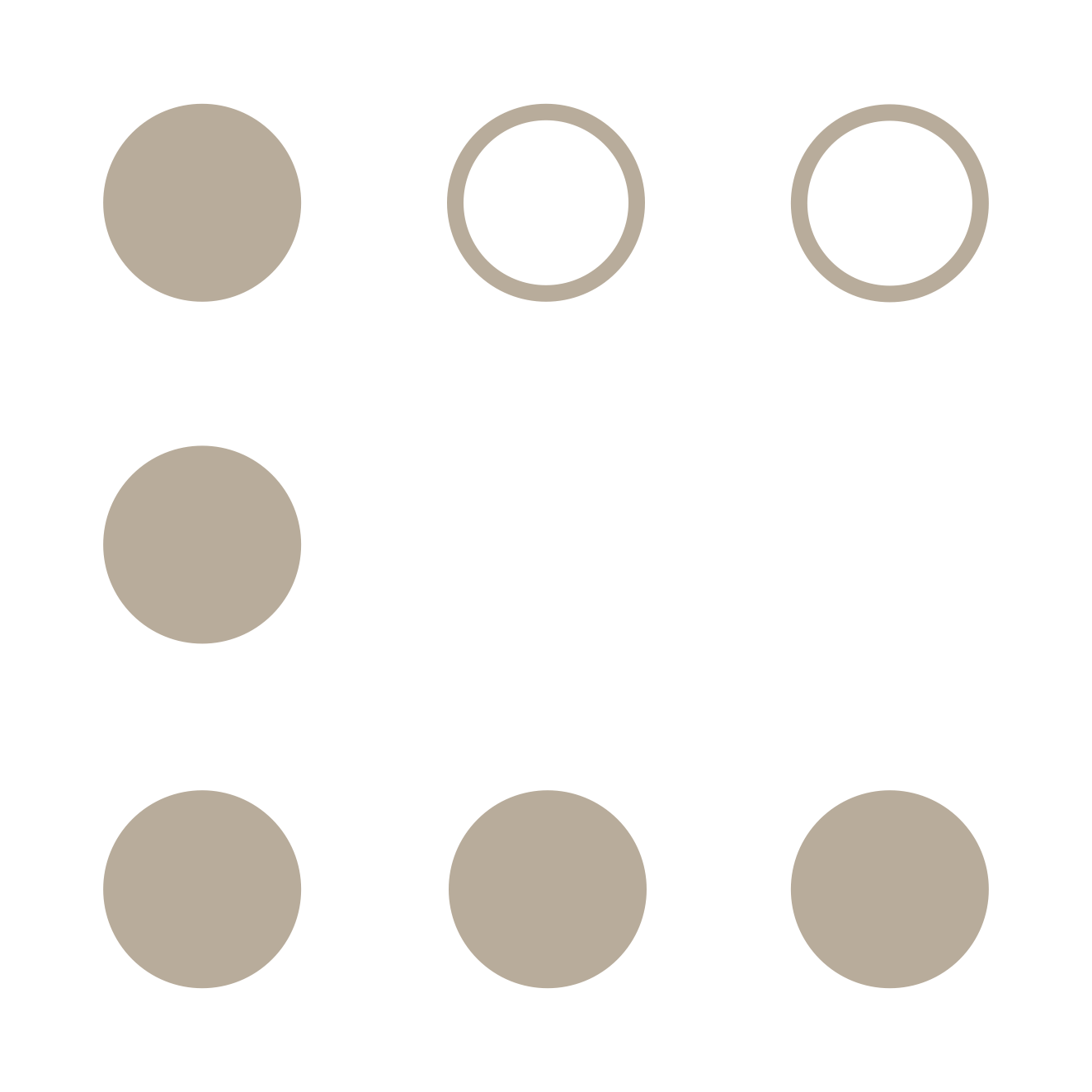How many laws does it take to run one of the most digital advanced economies in the world? I stumbled onto some interesting figures while looking for an answer. Perhaps the most significant: Do we need any laws to manage human behaviors? And if not, how does law need to evolve to ensure a fair society. Here’s the story behind Evolution of Law slides and how to engineer law.
Law Ecology
How many laws do we need? in the Netherlands, we have a public law database: Wetten.nl and performing an empty search would reveal about 15,000+ pieces of legislation (inc. treaties) to date. Each piece of legislation represents one or more articles totaling 217,500+ articles.
The largest piece of law is the Corporate Finance Law and has 1231 articles. Robolaw Is A World Without Law“, hinted that the most significant part of the law was focused on regulating the flow of money. These numbers seem to back this up.
Surprisingly, finance wasn’t the largest area of legislation. When sorting laws by a number of articles, I noticed vehicle and traffic laws near the top. So running another search revealed that Finance represents 2% and Vehicle & Traffic 7% overall. Meaning, it takes more rules to manage the movement of humans as opposed to money.
[chart id=”2975″]
Litigation Economy
Why do we go to court? In the Future of Law, I discovered that 70% are civil court cases so I was curious to see how these breakout by area of law. While I initially found 55% of case law research dealt with divorce, the reality is that courts are actually literally buried in personal debt.
Courts handle about 85% family law cases annually, from which 52% deals with private estates. This is largely due to the rise of the independent contractors and subsequent bankruptcies. Below chart shows the impact of business versus personal cases brought before the courts over the past 5 years.
[chart id=”3053″][chart id=”3049″]
The 17% increase in private court cases above also illustrates the significant shift in litigation away from big law to micro law. The economy of business law is shrinking since more ‘businesses’ are actually privately backed or crowd-sourced ventures run by, and staffed with independent contractors. These ‘people’ will likely have a more practical approach to law and more sophisticated taste in legal services. Most importantly: they may not even be able to afford the legal services based on the current business models.
Check out the rest of the charts.
Legal Engineering
Why should we engineer law? The Evolution of Law explains the phenomena and illustrate the impact on the current legal construct and its contingent economy. Every enterprise ran on a platform of law (rules and articles) which made it possible to do business in a certain geography. Now, they run on platforms of code (apps and networks) making it possible to connect supply and demand globally. These platforms can operate entirely outside the law. Better yet, they can actually run their own economy independent of any monetary or tax jurisdiction. So even if lawmakers catch up and codify, they can never keep pace and modify.
Slide 212 of 213: law needs to become code otherwise law won’t matter #FutureOfLaw https://t.co/MHby0sfjbz pic.twitter.com/cfk05GcRT0
— LegaLCompleX (@legalcomplex) June 9, 2016
How do we engineer law? Legal professionals should surrender prose & speech and start coding law into platforms. It’s a natural progression for justice. If app developers and platform builders want to create trust between strangers, they’ll have to honor the code between humans. Blockchain is a great example of the need to engineer trust. Albeit Blockchain is the most popular, it isn’t the only way. Lawkit is a more approachable model to demonstrate how app developers may think of constructing transparency and fairness into their products. Yet, it will take an awakening and an army of Legalpioneers to ensure a fair market for 3.35 billion entrepreneurs.













